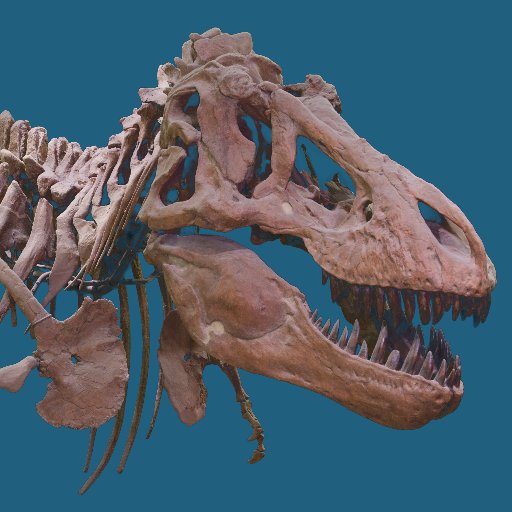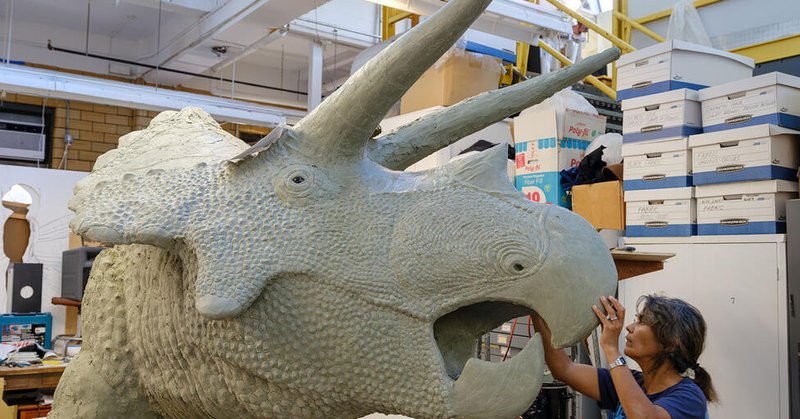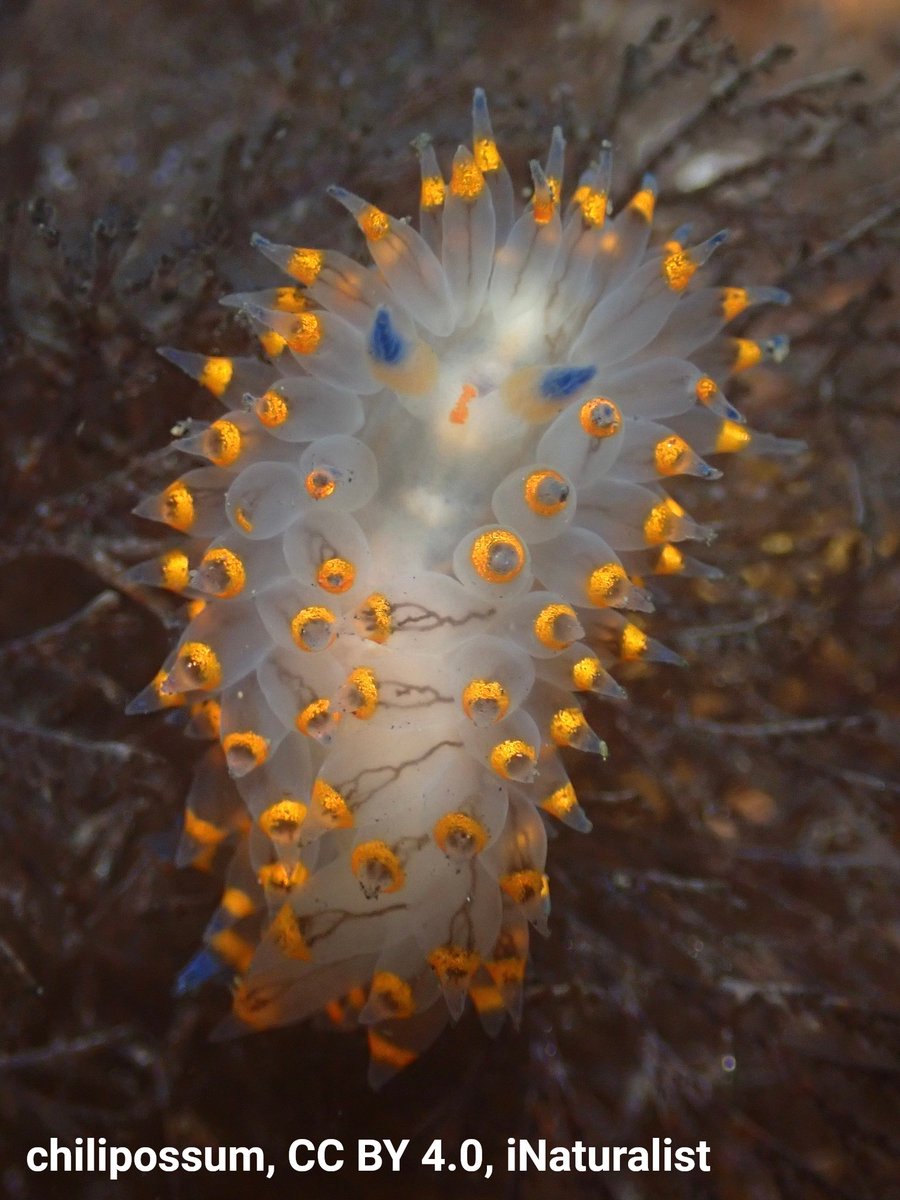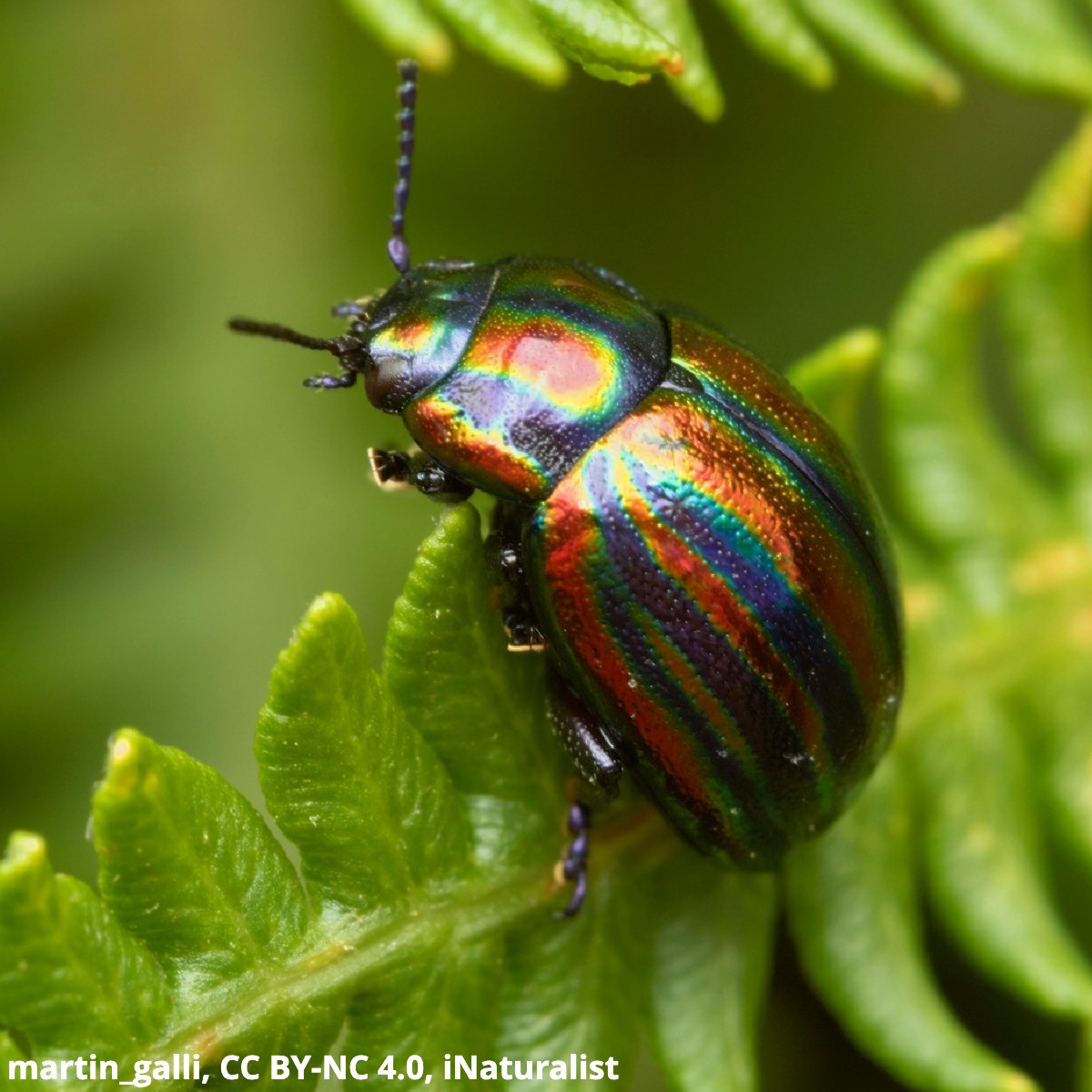
American Museum of Natural History
@AMNH
Followers
496K
Following
15K
Media
13K
Statuses
25K
The American Museum of Natural History is one of the world's preeminent scientific and cultural institutions. This is not a monitored account.
New York City
Joined October 2008
Members see it first! For more information, visit:
amnh.org
Opening November 17, Impact presents a before-and-after look at the asteroid impact that changed life on Earth.
1
2
8
Introducing Showrunner: the Netflix of AI. From our South Park AI experiment to today we’ve believed AI movies/shows are a playable medium. We just raised a round from Amazon & more and the Alpha is live today. Comment for an access code to make with all our shows.
2K
881
14K
To spot Scutosaurus and more, plan your visit:
amnh.org
Start here: find out how to get to the Museum, get tickets, and map out your must-see exhibits.
0
0
9
This #FossilFriday, scoot into the weekend with Scutosaurus karpinskii: the “shield lizard.” This large herbivore lived during the Late Permian ~253 million years ago. It’s part of a group known as pareiasaurs, which had thickened knobs around their skulls & peg-like teeth.
4
35
162
This #InternationalTigerDay, we’re remembering the Caspian tiger. This large tiger subspecies weighed ~530 lbs (240 kg). It was driven to extinction by the same factors threatening surviving tigers—human activity, including deforestation and overhunting.
6
60
268


























